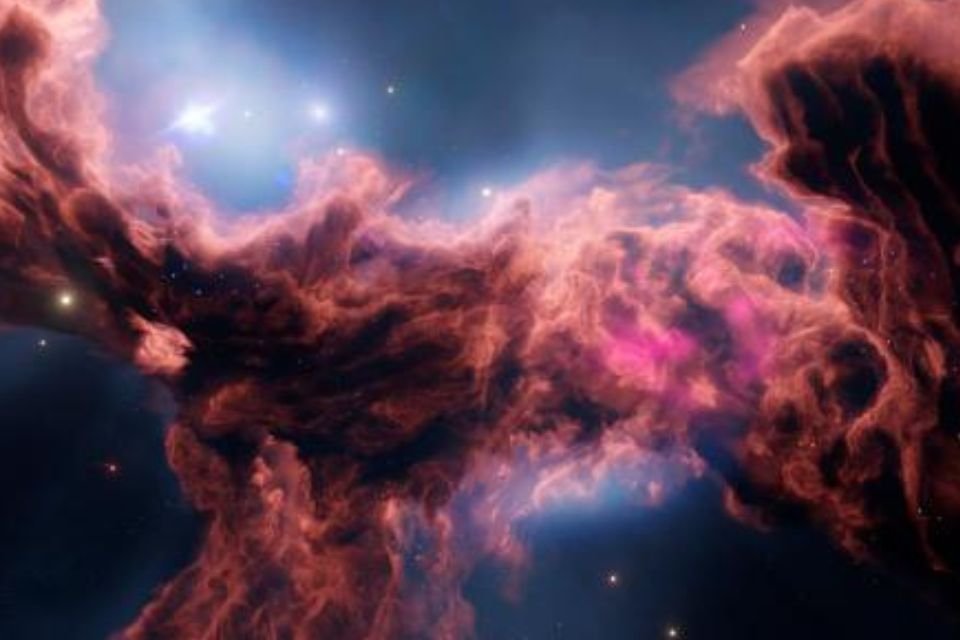Last week, the United States National Aeronautics and Space Administration (NASA) has released a new image that reveals the oldest fibers of the cosmic web, the element that connects galaxies, stars and other space objects in our universe. The image was observed from data collected by the James Webb Space Telescope and is also featured in two studies published in The Astrophysical Journal Letters.
The gas filament is made up of ten compact galaxies spread out over three million light-years and is the oldest cosmic web ever found by scientists, according to data collected. The formation of the thread is dated 830 million years after the Big Bang.
According to an official NASA publication, The filament is ‘anchored’ by an extremely bright celestial body called a quasar located in the middle region of the web.. It was data from this object that helped scientists better understand the filament.
The research is part of the ASPIRE project (Spectroscopic Study of Biased Halos in the Reionization Period), which will currently study 25 quasars from the early universe.
“I was surprised at how long and narrow this filament was. I was expecting to find something, but not such a long and noticeably thin structure,” said Xiaohui Fan, an astronomer and research team member at the University of Arizona (United States). “This is one of the first filamentous structures that humans have found associated with a distant quasar,” adds lead researcher Feige Wang.
Cosmic web and black holes
The cited quasar is named J0305-3150 and Scientists speculate that the filament must develop into a gigantic galaxy cluster at some point in the future. Data were collected using Near Infrared Camera (NIRCam).
What is the cosmic web?
cosmic web a filament network of gas, dust, and dark matter; It is these threads that connect galaxies. The scientists explain that the web is part of the building blocks of the universe, as it is responsible for helping galaxies form.
NASA explains that the data provides good evidence of how supermassive black holes regulate star formation in galaxies. Researchers are also investigating the scientific properties of eight quasars that formed several tens of million years after the Big Bang.
“To create these supermassive black holes in such a short time, two criteria have to be met. First, you have to start growing from a huge ‘seed’ black hole. Second, even if that seed starts with a mass equivalent to a thousand Suns, it’s possible throughout its lifetime. It would have to accumulate a million times more matter at the highest rate.”
Source: Tec Mundo
I’m Blaine Morgan, an experienced journalist and writer with over 8 years of experience in the tech industry. My expertise lies in writing about technology news and trends, covering everything from cutting-edge gadgets to emerging software developments. I’ve written for several leading publications including Gadget Onus where I am an author.













